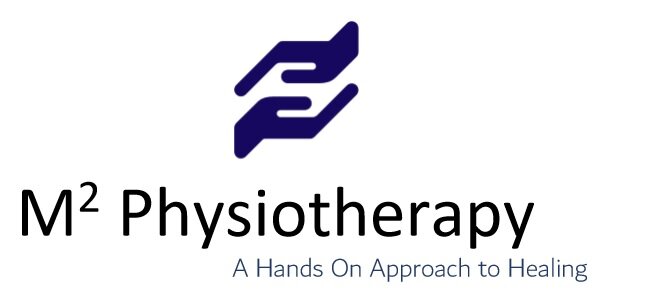Woman versus Man: Does It Make a Difference in My Chances of Having Temporomandibular Dysfunction?
The comparison between women and men is a common one. Many books have been written on differences of the two sexes including personality, processing, and physicality. As it relates to the medical world is no exception. Many dysfunctions and diseases are statistically greater in one gender or the other, including Temporomandibular Dysfunction (TMD).
TMD affects around 12% of the population or 35 million people in the United States. While TMD affects both men and women, the majority of those seeking care are women ages 19-49. TMD is diagnosed in women five times more frequently than men. The ratio of women to men increases as the severity of symptoms increase. When major limitations in jaw movements and chronic, unremitting pain are present, the ratio approaches nine women for each man diagnosed.
There are many theories on why TMD occurs more often in women versus men. Hormonal, anatomic, behavioral, and genetic differences have been linked to the disproportional ratio of women to men diagnosed.
With regards to the hormonal factor, TMD is diagnosed more often in women during childbearing years when estrogen and progesterone levels are higher. There is evidence that ligament laxity increases during the pre-ovulatory phase when estrogen dominates. Relaxin is secreted during the follicular phase (days 1-9) and peaks during the luteal phase (days 15-28). Although the specific hormones released are the same with each phase, the level of these hormones varies among women. As ligament laxity increases, joint play increases and joints can become irritated.
Anatomical differences in both the mandible and temporal fossa affect the forces on the TMJ. The maxillary bones in males are larger and thicker, with greater body height and broader ascending ramus than in females. The angle created by the body and ramus is less obtuse (less than 125) than the female mandible. The mandibular condyle is larger and the temporal fossa is deeper. All of these anatomical factors create a more stable environment for TMJ translation.
On the behavioral front, differences in stress management between women and men can be linked to the occurrence of several factors involved with TMD. Clenching, bruxism (grinding), and poor breathing habits all increase with the internalization of stress. These habits also increase stress and irritation of the TMJ.
Lastly, a particular gene variant has been shown to increase sensitivity to pain. This variant has been found to be more prevalent among people with TMD than without. Scientist have also found that most patients with TMD, experience pain in other areas. These comorbities are more commonly diagnosed or occur exclusively in women. The comorbid diagnoses include chronic fatigue syndrome, chronic headache, endometriosis, fibromyalgia, interstitial cystitis, irritable bowel syndrome, low back pain, sleep disorders, and vulvodynia. These diagnoses are considered comorbities because they occur in combination with TMD more often than chance can explain.
Because pain is a common link in these conditions, NIH scientist are seeking to understand the pain process and exploring differences between men and women in how they respond differently to pain and pain medications. Scientist hope to explain the common mechanisms between facial pain in TMJ disorders and other pain conditions.
Research indicates that TMD is a complex disease involving hormonal, anatomic, behavioral and genetic components. As with many disease processes, the differences between men and women affect the outcomes. With TMD specifically, women are more greatly affected by their differences in these areas.
References:
1) http://tmj.org/site/content/tmd basics
accessed 1-23-17
2) https://www.nidcr.nih.gov/oralhealth/Topics/TMJ/Documents/TMJDisorders_100113_508C.pdf
accessed 1-23-17
3) http://tmj.org/site/content/tmd acessed 1-23-17
4) http://www.ncbi.nlm.nih.gov>articles accessed 1-29-17
5) www.forensicmd.files.wordpress.com accessed 1-29-17
